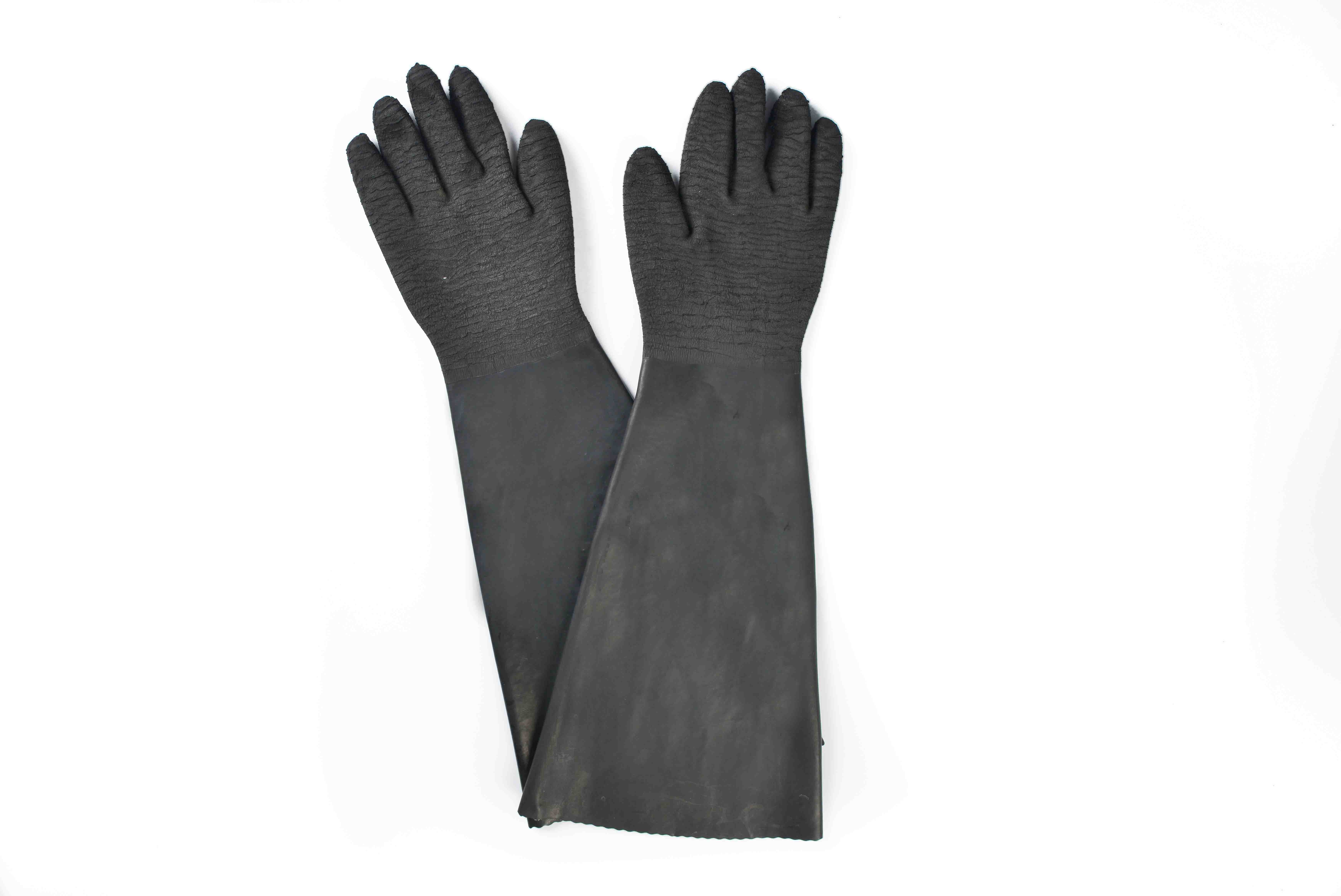Excellent quality for 32″ Large cuff rubber glove for Haiti
Short Description:
Heavy duty rubber glove, made of 100% natural latex. 32″ length(82cm), smooth finish, seamless, no cotton lining, left/right hand, cuff perimeter:75cm, 800g/pair, 50pairs/case.
Product Detail
FAQ
Product Tags
Our eternal pursuits are the attitude of "regard the market, regard the custom, regard the science" and the theory of "quality the basic, trust the first and management the advanced". Excellent quality for 32″ Large cuff rubber glove for Haiti, We sincerely welcome all guests to set up business relationships with us on the basis of mutual benefits. Please contact us now. You will get our professional reply within 8 hours.
Heavy duty rubber glove, made of 100% natural latex. 32″ length(82cm), smooth finish, seamless, no cotton lining, left/right hand, cuff perimeter:75cm, 800g/pair, 50pairs/case.
FAQ Content
http://www.style-style.com.pl/en/twelve-natural-rubber-latex/thirty-stockings/white-latex-stockings-measurements-s-xl-facts




